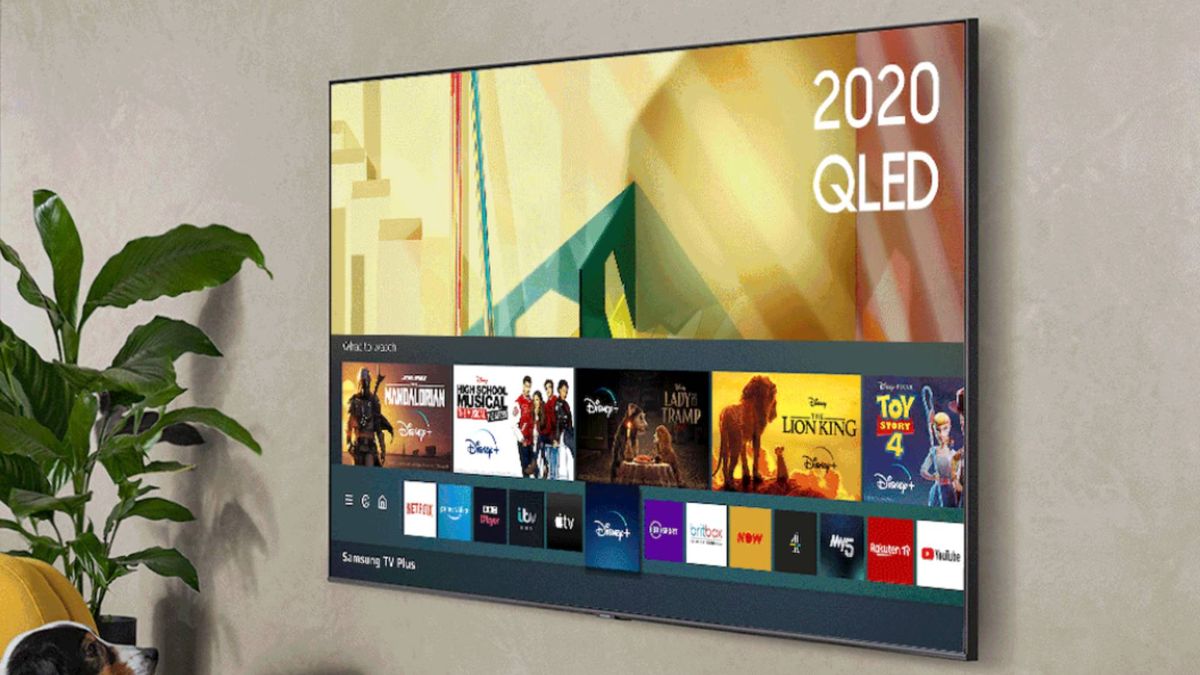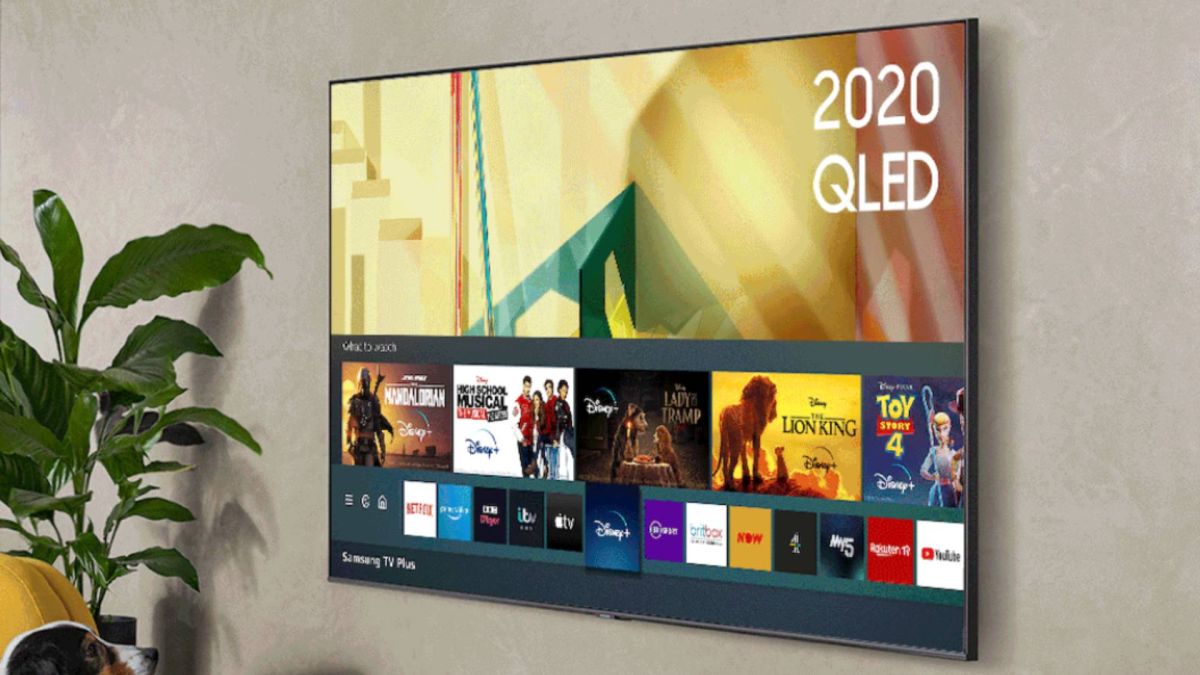
New Samsung TVs will be better than ever at displaying HDR10+ content, it seems, after the world’s largest TV maker announced a new feature to calibrate picture settings in response to ambient light.
HDR10+ Adaptive is an answer to that age-old problem of watching television outside of a dedicated, light-proof home cinema room. Many of us watch our favorite Netflix shows in rooms not ideally equipped to keep out sunlight, after all, or want to keep some visibility to eat, text, iron, or cycle on an indoor bike while catching up on our programmes. If you’re prone to daytime watching too, perfect viewing conditions aren’t really an option.
That’s where HDR10+ Adaptive comes in, calibrating picture settings on HDR10+ content – that is, films or TV shows made in the dynamic HDR format favored by Samsung – in response to the intensity of light in the room around your TV screen.
A press release from Samsung states that “The HDR10+ Adaptive feature supports dynamic scene-by-scene optimization […] and can now adjust to any room lighting condition, further enhancing the HDR experience. This feature utilizes the TV’s light sensor and ensures that the screen brings to life the creative intent without any loss of details or contrast.”
While HDR10+ isn’t quite as widespread as its competitor Dolby Vision, it’s still the best HDR format to watch on a Samsung TV, and is available for all 4K HDR titles on Amazon Prime Video.
The new Adaptive feature will be coming to future QLED TVs, presumably the entire 2021 QLED range, though we’re yet to hear a more detailed breakdown of models ahead of the CES 2021 expo in January. It will also work with Filmmaker Mode – a picture setting that reduces motion smoothing and processing for picture purists out there, but usually leaves pictures looking a little flat.
Let there be light
HDR10+ Adaptive isn’t the first to the punch, though, given we saw similar functionality in the form of Dolby Vision IQ launch on Panasonic TVs and LG TVs last year.
Dolby Vision IQ similarly uses built-in light sensors to gauge the amount of ambient light in a room, and ensure brightness and contrast are tweaked to better display in those conditions. Most people don’t watch TV in perfect testing conditions, after all.
The true potential in this technology may be when it moves beyond dynamic HDR formats like HDR10+ and Dolby Vision, auto-calibrating picture settings whatever is being shown onscreen. For now, though, those trying to watch the most impressive films and TV shows, without sacrificing picture quality for a bit of visibility as to their surroundings, can do so with a bit more confidence.
Today’s best Samsung Q80T QLED TV deals
Samsung 50 Class Q80T QLED 4K…
Buydig.com
55″ Class Q80T QLED 4K UHD…
Samsung 65″ Class Q80T 4K UHD…
Samsung Q80T 75″ Class HDR 4K…
Show More Deals
